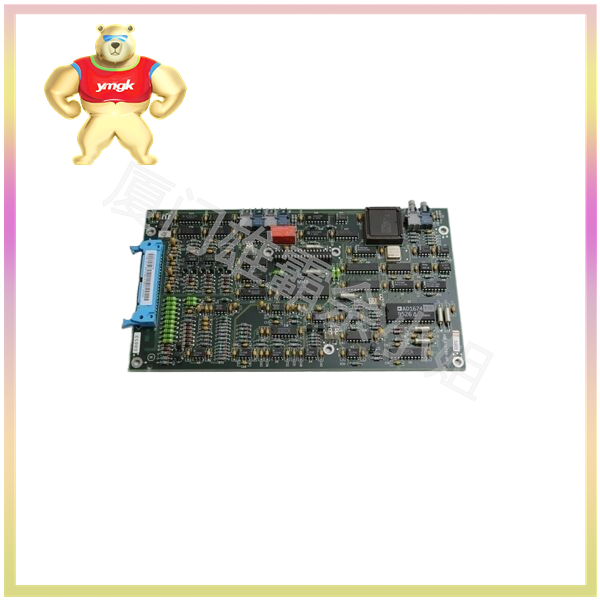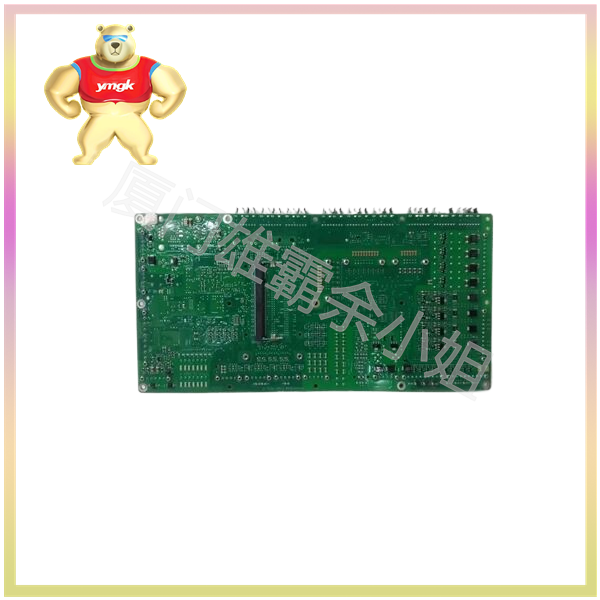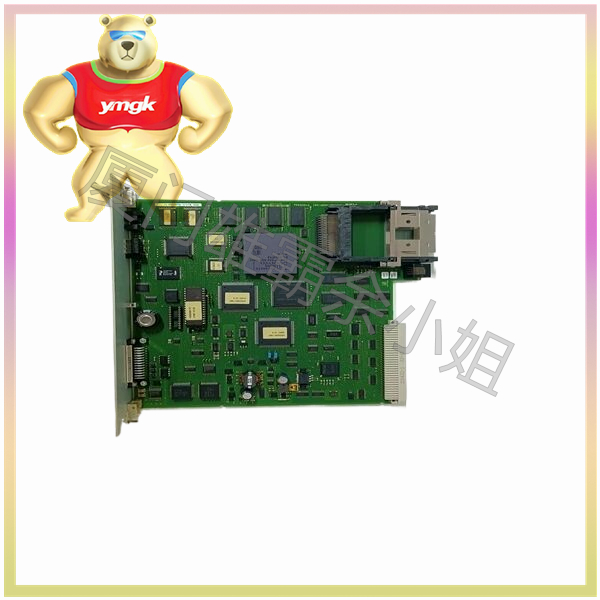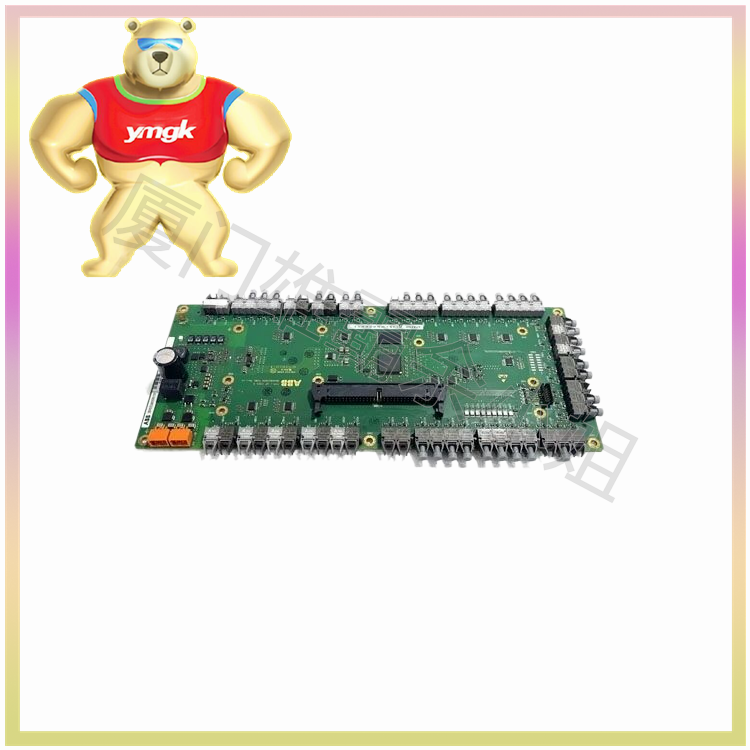As one of the most essential components of industrial robots, robot controllers have a decisive impact on the performance of robots and to some extent affect their development. Common robot controllers include:
- PLC controller
- Single chip microcontroller controller
- Computer host CPU controller
Basic functions of robot control system
- Control the movement position of the end effector of the robotic arm (i.e. control the points and movement path that the end effector passes through);
- Control the motion posture of the robotic arm (i.e. control the relative position of adjacent moving components);
- Control the movement speed (i.e. control the law of the end effector’s movement position changing with time);
- Control the motion acceleration (i.e. control the speed change of the end effector during the motion);
- Control the output torque of each power joint in the robotic arm: (i.e. control the force applied to the operating object);
- Equipped with convenient human-machine interaction function, the robot completes specified tasks through memory and reproduction;
- Enable the robot to detect and sense the external environment. Industrial robots are equipped with sensors such as vision, force, and touch to measure, recognize, and determine changes in operating conditions.
New Robot Controller
The new robot controller should have the following features:
(1) The open system architecture adopts an open software and hardware structure, which can easily expand functions according to needs, making it suitable for different types of robots or robotic automatic production lines.

(2) Reasonable modular design for hardware, based on system requirements and electrical characteristics, according to modular design, not only facilitates installation and maintenance, but also improves system reliability and makes the system structure more compact.
(3) Effective task partitioning involves implementing different sub tasks through different functional modules to facilitate the modification, addition, and configuration of functionalities.
(4) Real time, the robot controller must be able to complete the processing of external interrupts within a certain time and enable multiple tasks to be performed simultaneously.
(5) The network communication function utilizes the functionality of network communication to facilitate resource sharing or collaborative work among multiple robots.
(6) Visual and intuitive human-machine interface.






